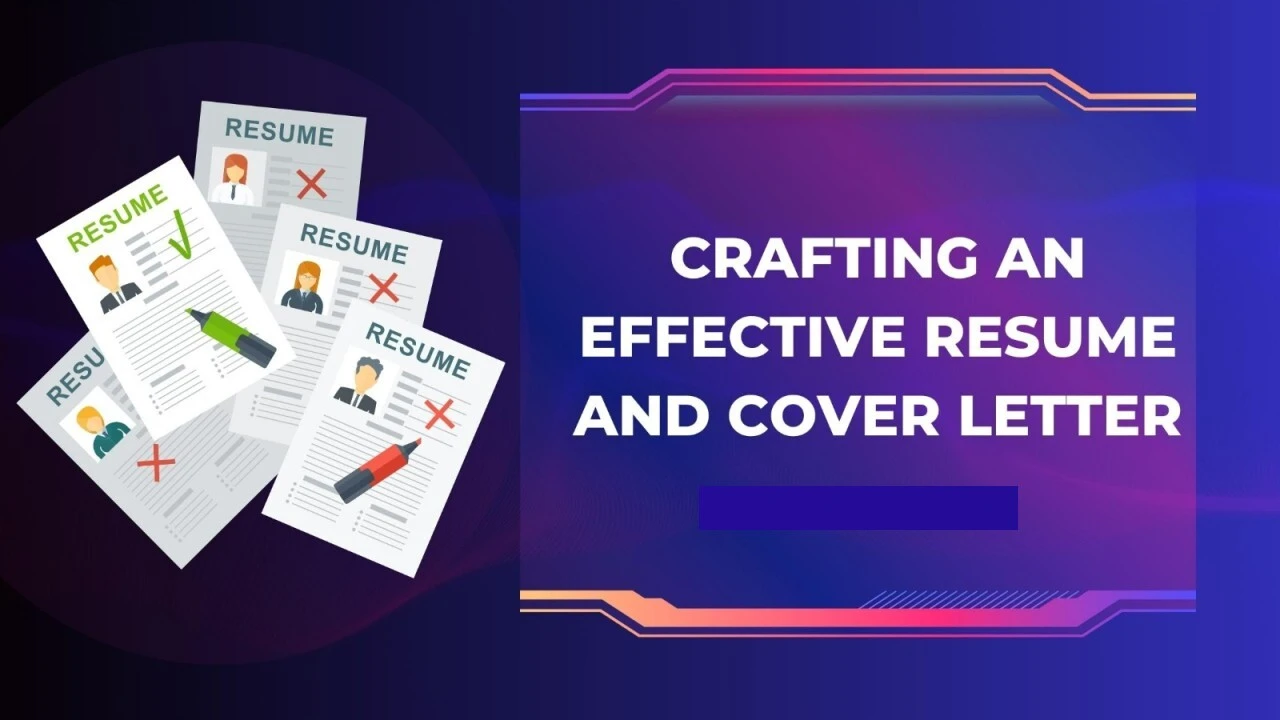Blog Detail

Decoding the Indian Job Application Process: CV Formatting Dos and Don'ts
May 21, 2024
Decoding the Indian Job Application Process: CV Formatting Dos and Don'ts
Introduction: When it comes to applying for jobs in India, the first step is often preparing a well-crafted curriculum vitae (CV). Your CV serves as your first impression on potential employers, highlighting your skills, qualifications, and experience. However, navigating the Indian job application process can be challenging, especially when it comes to CV formatting. In this blog, we will delve into the dos and don'ts of CV formatting to help you make a strong impact and increase your chances of securing your dream job.
Dos of CV Formatting:
Keep it concise and relevant: Indian recruiters receive numerous applications, so it's essential to keep your CV concise and to the point. Limit your CV to two pages, focusing on the most relevant information related to the job you are applying for. Tailor your CV for each application, highlighting the skills and experiences that align with the job requirements.
Use a professional and legible font: Opt for a professional font like Arial, Calibri, or Times New Roman, with a font size between 10 and 12 points. This ensures that your CV is easy to read and visually appealing. Avoid using decorative or fancy fonts, as they can make your CV appear unprofessional.
Organize sections clearly: Structure your CV into sections, including personal information, professional summary, work experience, education, skills, and references. Use clear headings and subheadings to make it easier for recruiters to navigate through your CV. Ensure that the most relevant sections are placed at the top for maximum impact.
Include a professional summary or objective statement: Start your CV with a brief professional summary or objective statement that highlights your key skills, qualifications, and career goals. This helps employers quickly understand your profile and determine if you are a good fit for the position.
Highlight achievements and quantifiable results: Instead of just listing your job responsibilities, emphasize your achievements and measurable results. For each work experience entry, mention specific projects you worked on, the impact you made, and any quantifiable outcomes or awards received. This demonstrates your value and potential contributions to the prospective employer.
Incorporate keywords: Many Indian companies use applicant tracking systems (ATS Resume) to filter resumes based on keywords. Study the job description and identify relevant keywords, skills, and industry-specific terms. Incorporate these keywords naturally throughout your CV to increase the chances of passing the ATS screening process.
Don'ts of CV Formatting:
Overload with unnecessary information: Avoid including excessive details that are not relevant to the job you are applying for. Recruiters often spend only a few seconds scanning each CV, so focus on what is essential. Exclude irrelevant hobbies, personal information, or outdated certifications unless they directly contribute to your qualifications for the specific role.
Use an unprofessional email address: Ensure that your contact information includes a professional email address that consists of your name. Avoid using email addresses that may appear unprofessional or inappropriate. Create a separate email account solely for job applications if necessary.
Neglect proofreading and consistency: Spelling and grammatical errors can leave a negative impression on potential employers. Always proofread your CV thoroughly and use spell-check tools to ensure accuracy. Additionally, maintain consistency in formatting, such as using the same font, bullet points, and indentation throughout the document.
Include a photograph unless required: In India, it is common to include a photograph in a CV. However, unless explicitly requested, it is generally advisable to omit it. This helps avoid any potential biases in the selection process based on appearance. Focus on showcasing your skills and qualifications rather than your physical appearance.
Submit a generic CV: Tailor your CV for each job application to make it more impactful. Avoid using a generic CV that lacks customization for specific job requirements. Research the company, understand their values, and align your CV accordingly to demonstrate your fit with their culture and goals.
Conclusion: A well-formatted CV is crucial to stand out in the Indian job market. By following the dos and don'ts of CV formatting, you can present your qualifications effectively, increase your chances of getting shortlisted, and ultimately secure your desired job. Remember to keep it concise, professional, and tailored to the specific job requirements. With a well-crafted CV, you'll be one step closer to achieving your professional goals in India's competitive job market.
Our Website: www.resumewritingservices.in
Contact number: +91 9643265048
Connect us on WhatsApp: connect us on whatsapp








